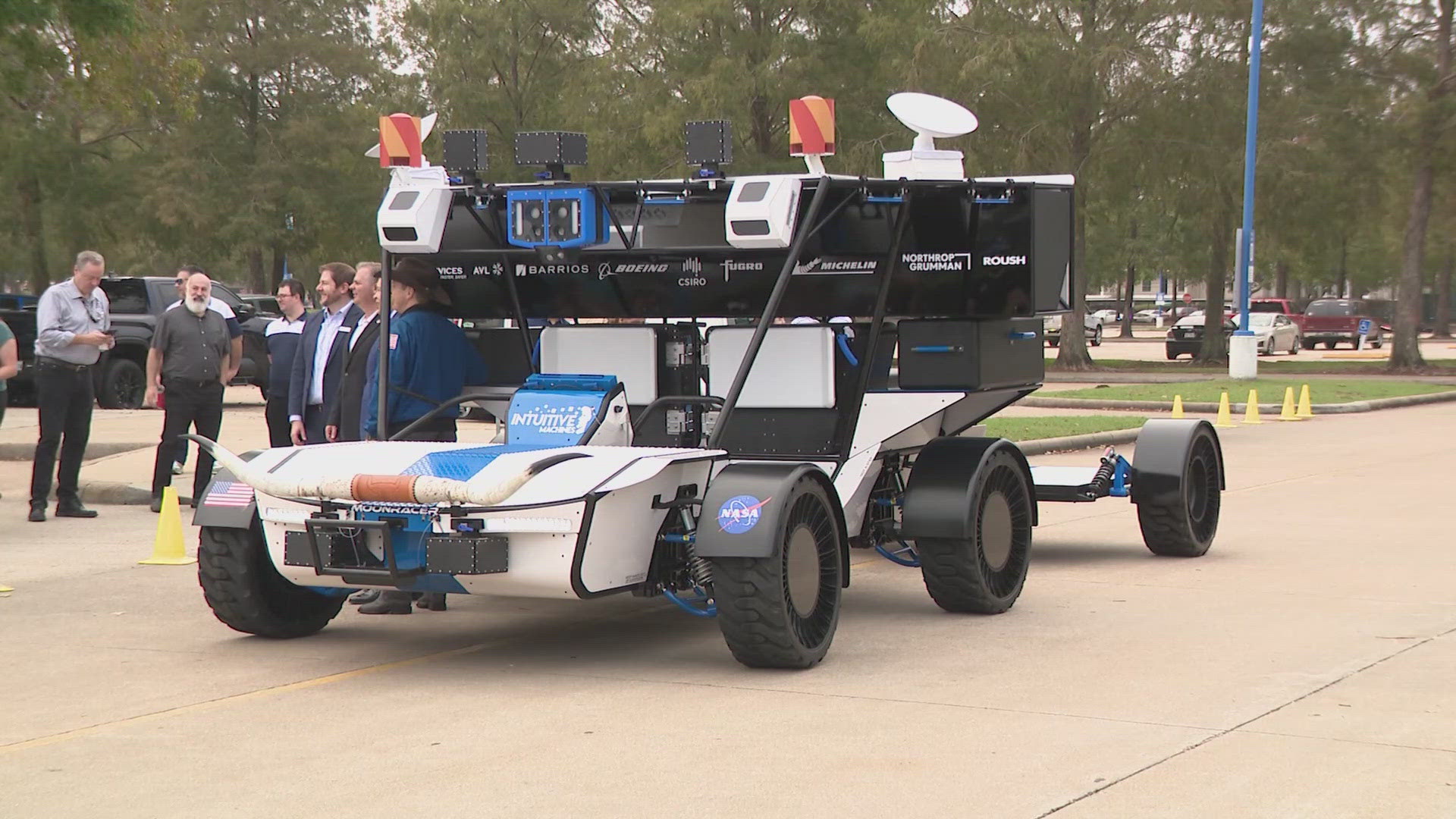HOUSTON — The peak of the eta Aquariid meteor shower is happening Thursday night into the early-morning hours of Friday.
Unfortunately, it won't be visible in Houston, but the meteor shower is active through the rest of the month.
This year, the shower is expected to be very active. An outburst of 120 to 160 meteors per hour is expected.
"A meteor shower is like a normal rain shower, with 50-60 meteors per hour," said Bill Cooke, lead of NASA’s Meteoroid Environments Office at the agency’s Marshall Space Flight Center in Huntsville, Alabama. "An outburst is like a thunderstorm, with greater than normal meteor activity expected. A meteor storm is like a tornado, where meteor rates are over one thousand per hour."
The eta Aquariid meteor shower is visible in the Northern and Southern hemispheres, but it's seen better in the Southern Hemisphere due to the location of the constellation of Aquarius.
They're usually visible after midnight but the peak times are 3 a.m. to 4 a.m., NASA said.
The best place to look for them is away from city lights. You'll also want to give your eyes about 30 minutes to adapt to the dark by not looking at your phone and looking away from the moon.
The next chance to see meteor showers will be later this year. The Perseids is in August and the sister show to the eta Aquariids, the Orionids, in October.
Here are some more things to look up for in May:



